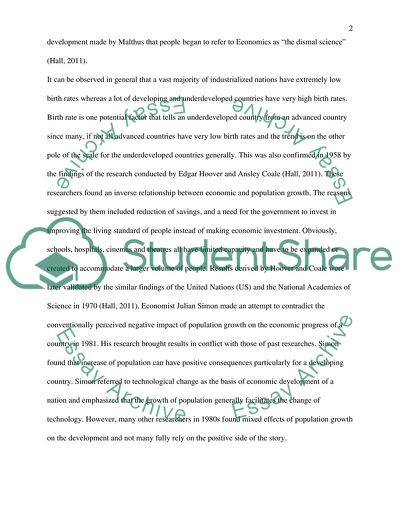Cite this document
(“Continued Global Population Growth Seriously Limits the Prospects for Essay - 1”, n.d.)
Retrieved from https://studentshare.org/macro-microeconomics/1417595-depends-on-the-topic-you-decide-to-talk-about
Retrieved from https://studentshare.org/macro-microeconomics/1417595-depends-on-the-topic-you-decide-to-talk-about
(Continued Global Population Growth Seriously Limits the Prospects for Essay - 1)
https://studentshare.org/macro-microeconomics/1417595-depends-on-the-topic-you-decide-to-talk-about.
https://studentshare.org/macro-microeconomics/1417595-depends-on-the-topic-you-decide-to-talk-about.
“Continued Global Population Growth Seriously Limits the Prospects for Essay - 1”, n.d. https://studentshare.org/macro-microeconomics/1417595-depends-on-the-topic-you-decide-to-talk-about.


